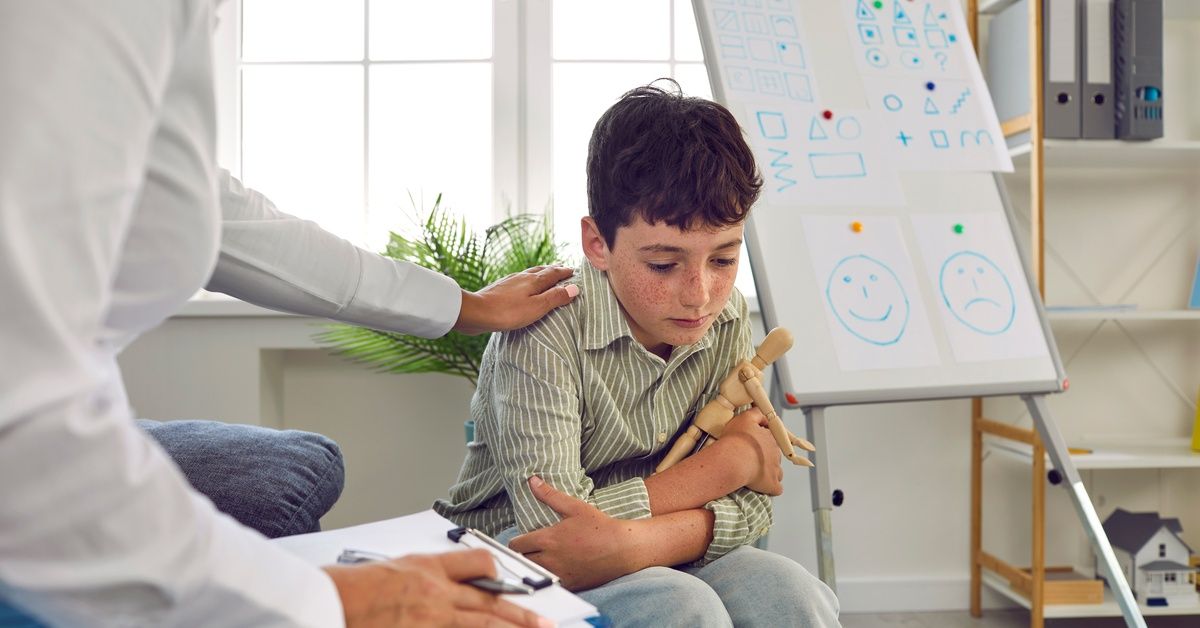Ways Parents of Children With Autism Can Handle Bullying
As parents, we wish we could always protect our children, even when were not there. When we send our children to school, we’re under the impression that everyone is friendly and your child is making friends just fine. However, that’s not always the case, and it’s important to empower your children and encourage self-advocacy.
When you discover that your child is being bullied, you may feel a full range of emotions from anger to sadness. No parent wants their child to feel unwelcomed or ashamed because of who they are. To become an effective support system, here are a few ways parents and children with autism can handle bullying.
Start With a Conversation
Sometimes, children with autism won’t realize that they’re being bullied. This is why it’s important to introduce the qualities of a “good” friend versus a bully. Explaining to your child what bullying means and why it’s not okay is the first step towards self-advocacy. Letting children know that behavior that hurts or harms them in any way is inappropriate and is considered bullying.
Support and Assure Your Child
After explaining bullying to your child, be prepared to listen to their story without judgement. You want to provide a safe space for your child, so they can work out their feelings. Children with autism may have trouble communicating how they feel or may not feel ready to open up about the emotional effects of bullying.
It’s critical that you listen without making comments and learn as much as you can from the situation. After they express their feelings, empower your child and reassure them that this is NOT their fault and they’re not alone. Be sure to explain that bullying is never okay and that they deserve to be treated with respect.
Encourage Self-advocacy
When parents and teachers can do their best to stop bullying, another way parents and children with autism can handle bullying is by encouraging self-advocacy. To self-advocate means to:
· Speak up for yourself
· Communicate your needs and wishes
· Having a sense of self-respect
· Knowing your rights
· Knowing where to go for help
Once you’ve taught your child what bullying is and what it sounds or looks like, you can teach your child how to stand up for themselves.
Know Your Rights & Speak Up
Every state, city, county, and school board district has a policy on bullying and some specific laws relating to bullying children with special needs. It’s essential that you know you and your child’s rights when these incidents take place. This way, you can move accordingly and find the resources you need. Check StopBullying.gov to find your state’s laws and your state’s Department of Education for more information.
We want our children and parents to be fully equipped with the resources they need to have adequate support. At HANDS, we offer parent education for autism to ensure that parents and caregivers have the knowledge to best support their child. For more information, don’t hesitate to contact our team.






